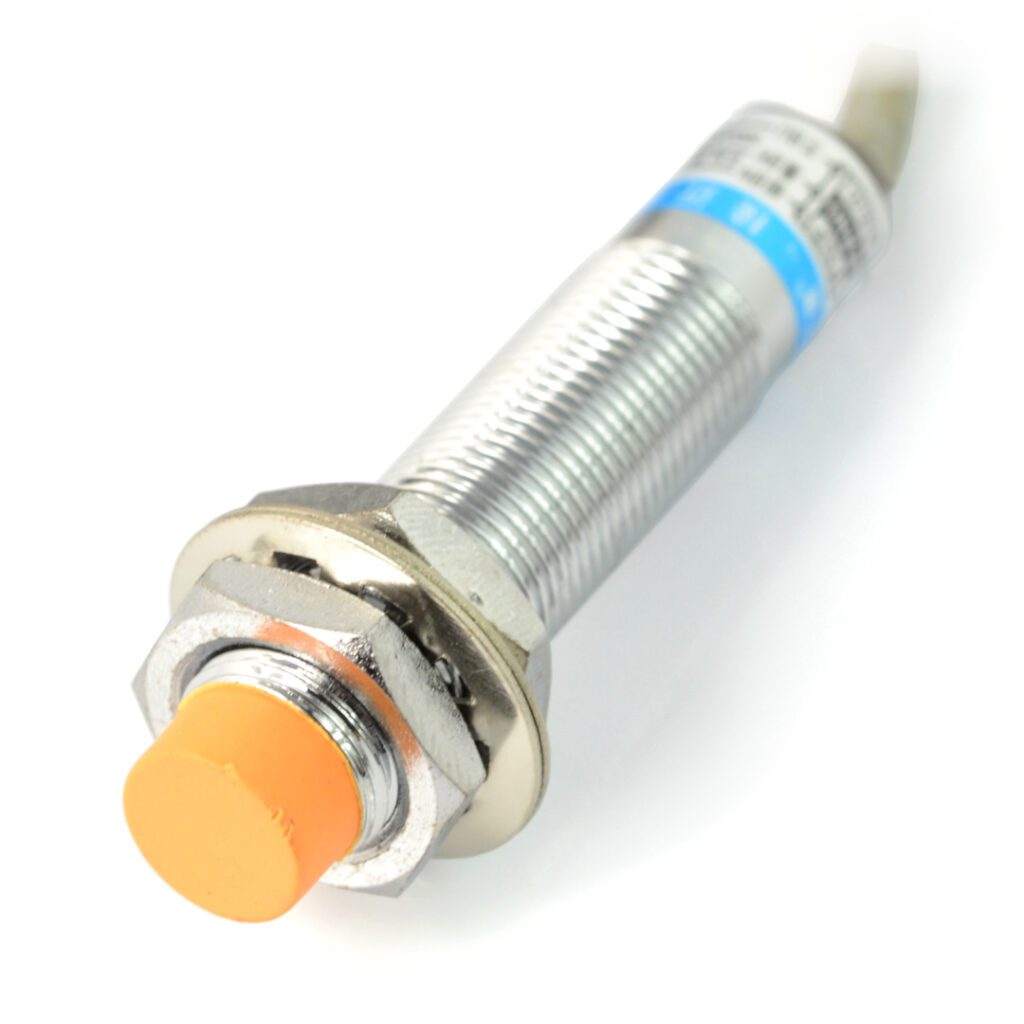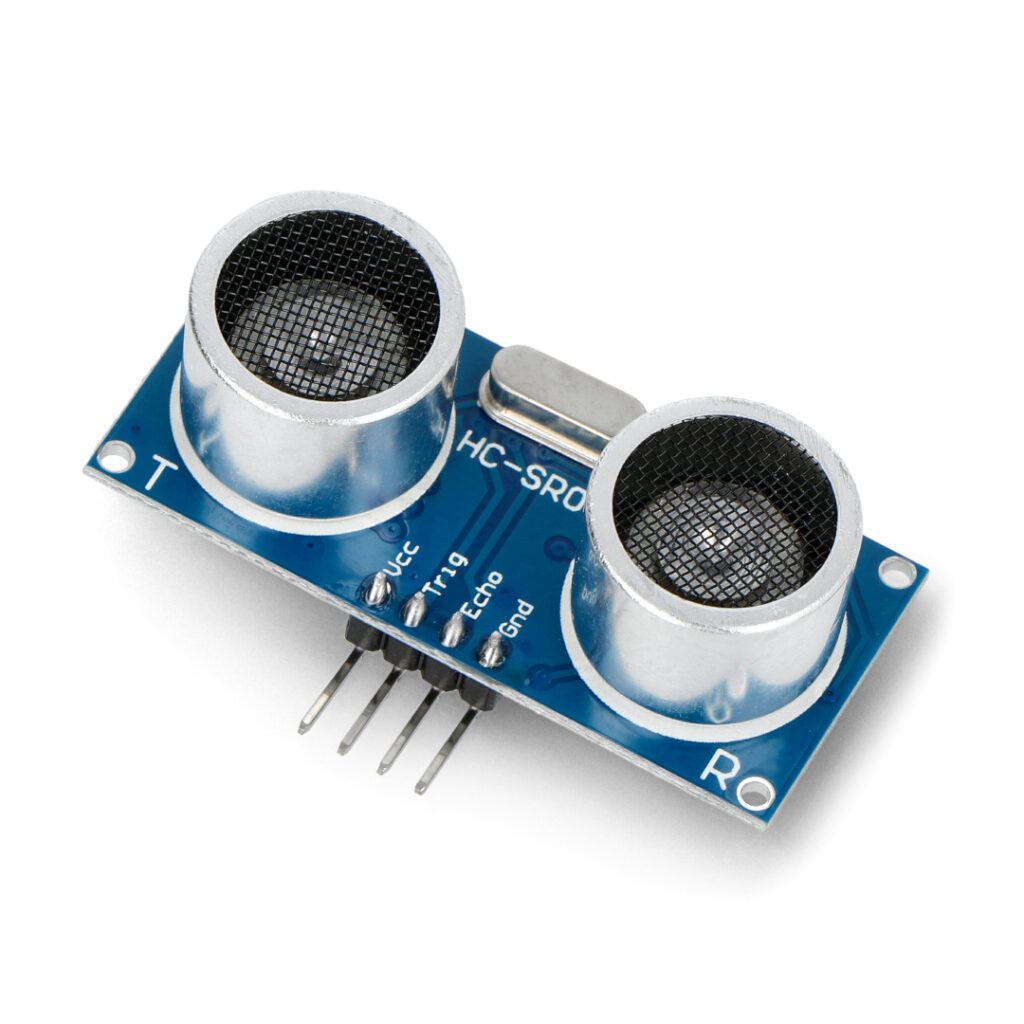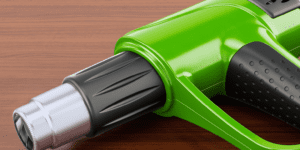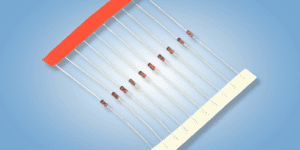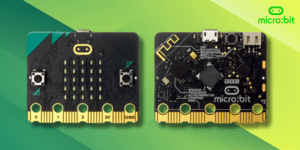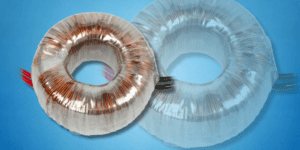Spis treści:
What are proximity sensors?
It’s easy to guess that it’s for devices to detect the presence of objects in their environment without direct contact, but often that’s where the knowledge ends. One of the key features of
proximity sensors
is their ability to operate in a variety of conditions, including moisture, dust or changing weather conditions. This is what makes them so widely used in industry, in applications such as production automation, conduction, access control and security systems. When a conductive object approaches the sensor, it induces an electric current in the sensor’s internal coil. Depending on the specific application, proximity sensors can be calibrated to respond to different distances, making them versatile and adaptable to perform specific tasks.
Optical proximity sensors
At a closer – nomen omen – look, there is no getting around physics, and optical proximity sensors are one of the most popular varieties. They work on the principle of light emission from
LED
and detecting reflected light using a photodiode. But one step at a time. Optical proximity sensors send a beam of light in the direction of an object. If an object is within range of the sensor, the light reflects off it and returns back to the sensor, where it is detected by the photodiode. A change in the intensity of the reflected light allows the sensor to determine the presence or absence of an object within range. The light beam is reflected from the surface of the object and returns to the sensor. Transparency sensors detect the presence of an object based on changes in the intensity of light passing through the object.
Fiber-optic sensors, on the other hand, use optical fibers to transmit and receive light, allowing detectors to be placed in hard-to-reach areas. Their main advantages are speed and precision, especially in systems that require immediate response, and insensitivity to contamination compared to other types of sensors. Limitations include lower performance in detecting objects with low or very high light absorption and susceptibility to “glare” from strong light sources.
Inductive proximity sensors
Inductive proximity sensors use the principle of electromagnetic induction to detect objects in their environment. The principle is based on changes in the electromagnetic field that are generated around the sensor coil. An electric current flows through the coil and then an electromagnetic field forms around it.
If a conductive object approaches the sensor, the first interaction occurs and the electromagnetic field generated by the induction coil affects the object. Electromagnetic induction creates a rotating magnetic field around the object. As an object approaches the sensor, the impedance of the electromagnetic field around the coil changes.
This change in impedance is recorded by the sensor. And since changes in the electromagnetic field are interpreted by the sensor’s electronic circuitry, when an object is within range of the sensor, the changes are significant enough for the sensor to register the object’s presence.
They have unusual shapes in mind, among others. conical or cylindrical magnetic fields, and are often used to detect metallic objects because metals are excellent electrical conductors and induce significant changes in the field. They are relied on primarily by industry, where they are used to monitor the presence or absence of objects on production belts, engineers requiring position detection of metal parts and developers of security systems to detect the presence of intruders or unwanted objects.
Laser proximity sensors
Back to optics.
A laser proximity sensor
works on a similar principle to optical proximity sensors, but uses a laser beam instead of ordinary light . It generates a laser beam that is directed toward the object to be measured. The laser beam strikes the surface of the object and is reflected back toward the sensor, and the sensor measures the time that elapses from the moment the beam is sent to the moment it is reflected off the object and returns. Based on this time and the speed of light, which is about 299792458 m/s, the sensor calculates the distance to the object with truly impressive precision.
Sometimes laser sensors are capable of measurements reaching several meters or even several kilometers in the case of advanced devices. To the list of industries in the previous paragraph, we can add here modern automotive developments using obstacle distance measurements in autonomous cars, topographic measurements, terrain mapping and, finally, robotics, where precise distance measurements are crucial for robot navigation.
Ultrasonic proximity sensors
Ultrasonic waves are vibrations with frequencies above the range of human hearing (>20 kHz) that can travel through air or liquids. These techniques, such as those based on the
Doppler effect
, are used to measure flow, detect objects, perform concentration analysis and measure distance – without physical contact, of course.
Ultrasonic sensors
are thus used to detect a wide range of materials regardless of their shape, transparency or color. The sensor generates an ultrasonic wave pulse that propagates through the air at a very high frequency and beyond the range of hearing of the human ear. A variation on the previous type of sensor is an ultrasonic wave instead of light – it hits an object, is reflected back toward the sensor, and the sensor measures the elapsed time from when the pulse is sent, reflected from the object and returned.
With help comes the speed of ultrasonic wave propagation in air, which is constant at about 343 meters m/s under normal conditions. They can be found, among others. In cars, where they help avoid collisions when parking by detecting objects around the vehicle, in measuring the level of liquids in water or fuel tanks, or in medical ultrasound scanners.
Capacitive proximity sensors
Last but not least. A capacitive sensor consists of two electrodes: a sensor electrode and a second ground electrode. The electrodes form a capacitor, and changing the distance between them affects the capacitance of that capacitor. When an object approaches the sensor, the capacitance of the capacitor changes. The closer the object, the greater the change in capacity. This change in capacitance is measured and converted into an electrical signal. Electronics in the sensor measure changes in capacitance and convert them into an output signal that can be used to determine the distance between the sensor and the object.
Proximity sensor selection
You guessed it, there is no definite answer to the question of which sensors are best, and the choice depends on the specific application and requirements. However, we have collected several scenarios.
- Optical sensors – fast and precise detection especially in quality control, safety systems and industrial automation.
- Inductive sensors – detection in industry, such as access control, sorting, presence of metal parts on production belts.
- Laser sensors – high-precision and long-distance, navigation, field measurements.
- Ultrasonic sensors – where obstacles may be on different surfaces, amateur and professional mobile robotics.
- Capacitive sensors – door motion control, object presence monitoring, access control.
How useful was this post?
Click on a star to rate it!
Average rating 0 / 5. Vote count: 0
No votes so far! Be the first to rate this post.

